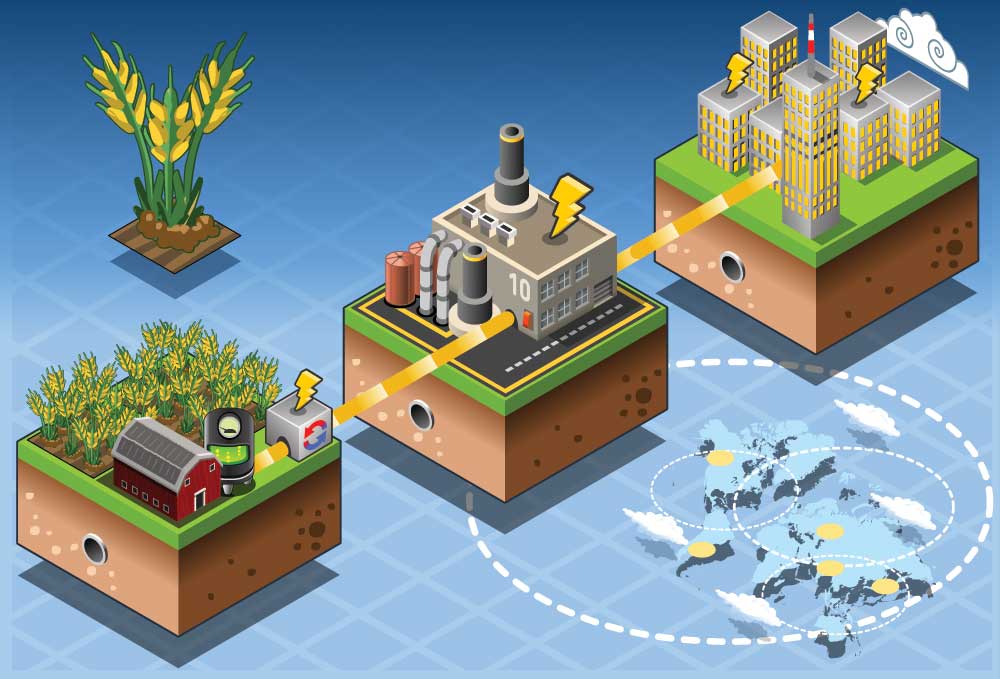In the age where sustainability and energy efficiency are paramount, energy harvesting is steadily paving its way into the core of engineering innovations. This technology, which involves capturing ambient energy from the environment and converting it into electrical power, promises to revolutionize the way devices are powered. This article dives into the mechanics of energy harvesting, its applications, and the transformative potential it holds for engineers.
Understanding Energy Harvesting:
Energy harvesting, often called power harvesting, involves extracting energy from external sources such as solar, thermal, wind, or kinetic energy and converting it into usable electrical power. This technology is particularly appealing for low-power devices with impractical conventional power sources, such as remote or inaccessible locations.
Diverse Sources and Technologies:
- Solar Power: One of the most popular and widely used forms of energy harvesting, solar power involves using photovoltaic cells to convert sunlight into electricity.
- Thermal Energy: This method captures waste heat energy, typically through thermoelectric generators, and converts it into electrical power.
- Vibration and Kinetic Energy: Piezoelectric generators capture energy from mechanical vibrations and movements. This is particularly useful for industrial applications where machinery generates ample kinetic energy.
- Radio Frequency (RF) Energy: Ambient RF energy from radio and television broadcasts and wireless networks can be harvested and converted into low-level electrical power.
Applications in Engineering:
- Wireless Sensor Networks: Energy harvesting is a boon for powering wireless sensor networks, especially in remote or hazardous environments where maintenance is challenging. For example, sensors in bridges or buildings can be powered by vibrations or thermal differences.
- Wearable Technology: In healthcare, energy harvesting powers wearable devices that monitor various health parameters. For instance, kinetic energy from human motion or body heat can be used.
- Remote Monitoring: In agriculture, energy harvesting monitors crops and soil remotely. Solar-powered sensors can monitor moisture levels and optimize irrigation.
- Industrial Automation: In factories, energy harvesting can power sensors and devices that monitor machinery health, leading to predictive maintenance and reduced downtime.
Challenges and Considerations:
While energy harvesting is ripe with possibilities, there are hurdles to overcome:
- Efficiency and Reliability: Many forms of energy harvesting are contingent on environmental conditions. Ensuring a consistent and efficient power source requires innovative engineering solutions.
- Energy Storage: Efficiently storing harvested energy for later use is still a challenge, particularly in size and capacity.
- Cost and Scalability: The initial costs of implementing energy harvesting systems can be high, and scalability is often a concern.
Harnessing the Potential:
To tap into the full potential of energy harvesting, engineers should consider the following:
- Multi-Source Harvesting: Combining different forms of energy harvesting can lead to more reliable and consistent power generation.
- Integration with Existing Systems: Integrating energy harvesting technologies into existing infrastructure requires thoughtful planning to ensure compatibility and efficiency.
- Innovation and Collaboration: Continuous innovation is key to addressing the challenges of energy harvesting. Collaboration across disciplines, such as materials science and electronics, can lead to breakthroughs.
The Next Wave
Energy harvesting will be a cornerstone in the next wave of sustainable engineering solutions. As engineers, adopting and innovating in energy harvesting opens new avenues for design and application and contributes to global sustainability goals. Through continual learning, innovation, and collaboration, the engineering community can unlock the vast potentials that energy harvesting holds. The seeds have been sown; it’s time to harvest the rewards.




